[caption id="attachment_1003734520" align="aligncenter" width="550"]
 Boost to Reduce tools Credit: Camfil
Boost to Reduce tools Credit: Camfil[/caption]
ONTARIO –
Camfil Power Systems, a leader in environmentally conscious filtration, has designed new calculation tools for gas turbine operators in the power generation and oil and gas industries. The calculators estimate the potential carbon savings that can be achieved by upgrading filtration systems.
Calculations are based on Camfil’s life cycle cost analysis, which measures the impact of undesirable fouling on an engine depending on its filtration system efficiency.
Higher-efficiency hydrophobic filters with low and stable pressure drop are, according to Camfil, the best at protecting gas turbines from the impacts of weather conditions, reducing fouling and corrosion. Their engines then run more efficiently, which cuts CO2 emissions per megawatt-hour produced.
Both the CO2 emissions calculator and the CO2 tax calculator are part of Camfil’s ‘Boost to Reduce’ initiative.
The CO2 emissions calculator can help users calculate how much excess carbon is being emitted due to fouling because of inadequate filtration systems. The associated tax calculator can also estimate the tax savings from upgrading to advanced filtration solutions.
“Thanks to high quality, hydrophobic, EPA efficiency filters, it has never been easier for turbine operators to reduce their carbon footprint while simultaneously improving engine availability, reliability and generating more savings”, Marc Van den Eynde, VP of Camfil Power Systems, said in a release.
EPA filters are a type of high-efficiency air filters.
Other methods of cutting CO2 intensity include carbon scrubbing, combustion carbon capture, and upgrading the gas turbine. Upgrading intake filters is often a preferable alternative as inlet system retrofits can be done on the existing infrastructure, at a lower capital cost and without additional infrastructure.
For more information, including a whitepaper, and to calculate potential savings, visit
www.BoostToReduce.com.

 Boost to Reduce tools Credit: Camfil[/caption]
ONTARIO – Camfil Power Systems, a leader in environmentally conscious filtration, has designed new calculation tools for gas turbine operators in the power generation and oil and gas industries. The calculators estimate the potential carbon savings that can be achieved by upgrading filtration systems.
Calculations are based on Camfil’s life cycle cost analysis, which measures the impact of undesirable fouling on an engine depending on its filtration system efficiency.
Higher-efficiency hydrophobic filters with low and stable pressure drop are, according to Camfil, the best at protecting gas turbines from the impacts of weather conditions, reducing fouling and corrosion. Their engines then run more efficiently, which cuts CO2 emissions per megawatt-hour produced.
Both the CO2 emissions calculator and the CO2 tax calculator are part of Camfil’s ‘Boost to Reduce’ initiative.
The CO2 emissions calculator can help users calculate how much excess carbon is being emitted due to fouling because of inadequate filtration systems. The associated tax calculator can also estimate the tax savings from upgrading to advanced filtration solutions.
“Thanks to high quality, hydrophobic, EPA efficiency filters, it has never been easier for turbine operators to reduce their carbon footprint while simultaneously improving engine availability, reliability and generating more savings”, Marc Van den Eynde, VP of Camfil Power Systems, said in a release.
EPA filters are a type of high-efficiency air filters.
Other methods of cutting CO2 intensity include carbon scrubbing, combustion carbon capture, and upgrading the gas turbine. Upgrading intake filters is often a preferable alternative as inlet system retrofits can be done on the existing infrastructure, at a lower capital cost and without additional infrastructure.
For more information, including a whitepaper, and to calculate potential savings, visit
Boost to Reduce tools Credit: Camfil[/caption]
ONTARIO – Camfil Power Systems, a leader in environmentally conscious filtration, has designed new calculation tools for gas turbine operators in the power generation and oil and gas industries. The calculators estimate the potential carbon savings that can be achieved by upgrading filtration systems.
Calculations are based on Camfil’s life cycle cost analysis, which measures the impact of undesirable fouling on an engine depending on its filtration system efficiency.
Higher-efficiency hydrophobic filters with low and stable pressure drop are, according to Camfil, the best at protecting gas turbines from the impacts of weather conditions, reducing fouling and corrosion. Their engines then run more efficiently, which cuts CO2 emissions per megawatt-hour produced.
Both the CO2 emissions calculator and the CO2 tax calculator are part of Camfil’s ‘Boost to Reduce’ initiative.
The CO2 emissions calculator can help users calculate how much excess carbon is being emitted due to fouling because of inadequate filtration systems. The associated tax calculator can also estimate the tax savings from upgrading to advanced filtration solutions.
“Thanks to high quality, hydrophobic, EPA efficiency filters, it has never been easier for turbine operators to reduce their carbon footprint while simultaneously improving engine availability, reliability and generating more savings”, Marc Van den Eynde, VP of Camfil Power Systems, said in a release.
EPA filters are a type of high-efficiency air filters.
Other methods of cutting CO2 intensity include carbon scrubbing, combustion carbon capture, and upgrading the gas turbine. Upgrading intake filters is often a preferable alternative as inlet system retrofits can be done on the existing infrastructure, at a lower capital cost and without additional infrastructure.
For more information, including a whitepaper, and to calculate potential savings, visit 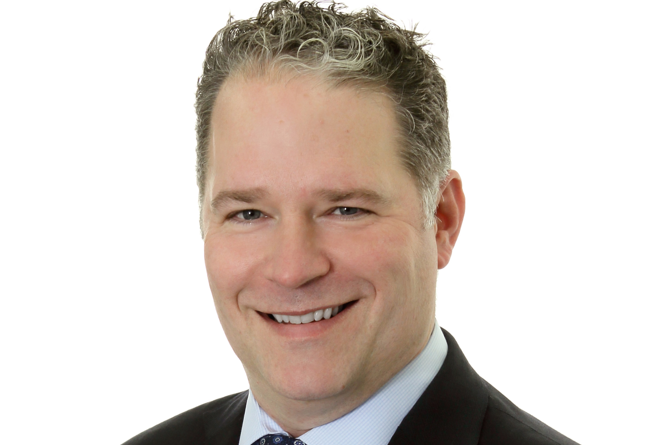
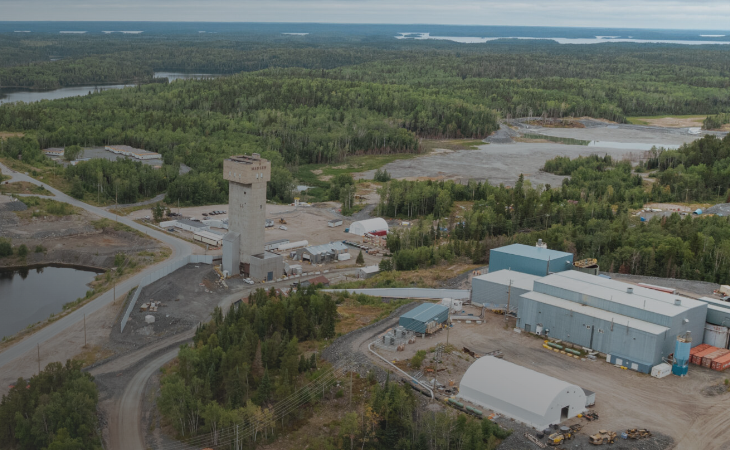
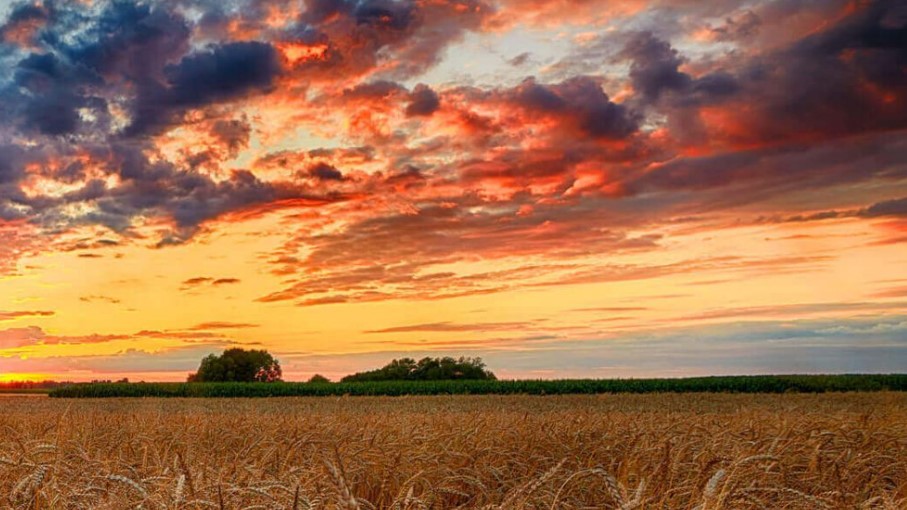
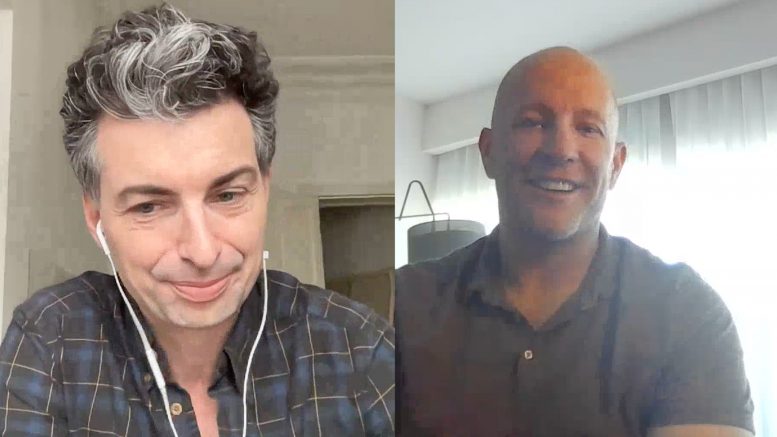
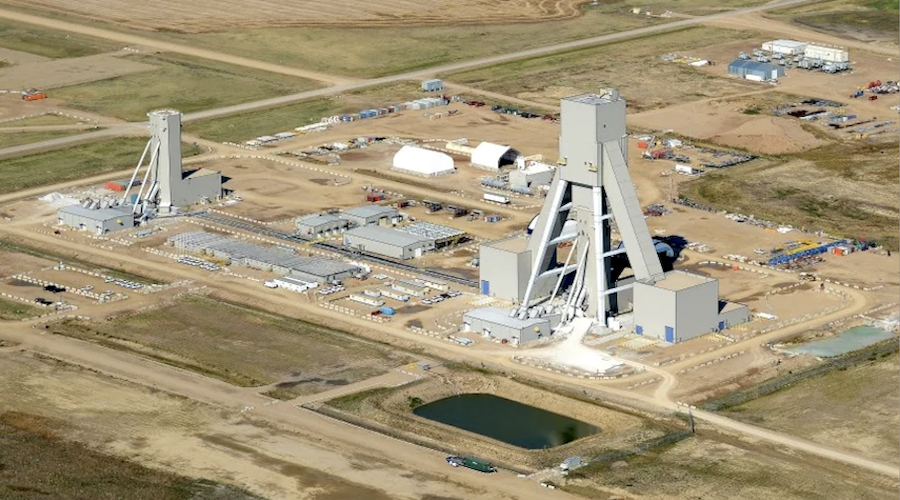
Comments